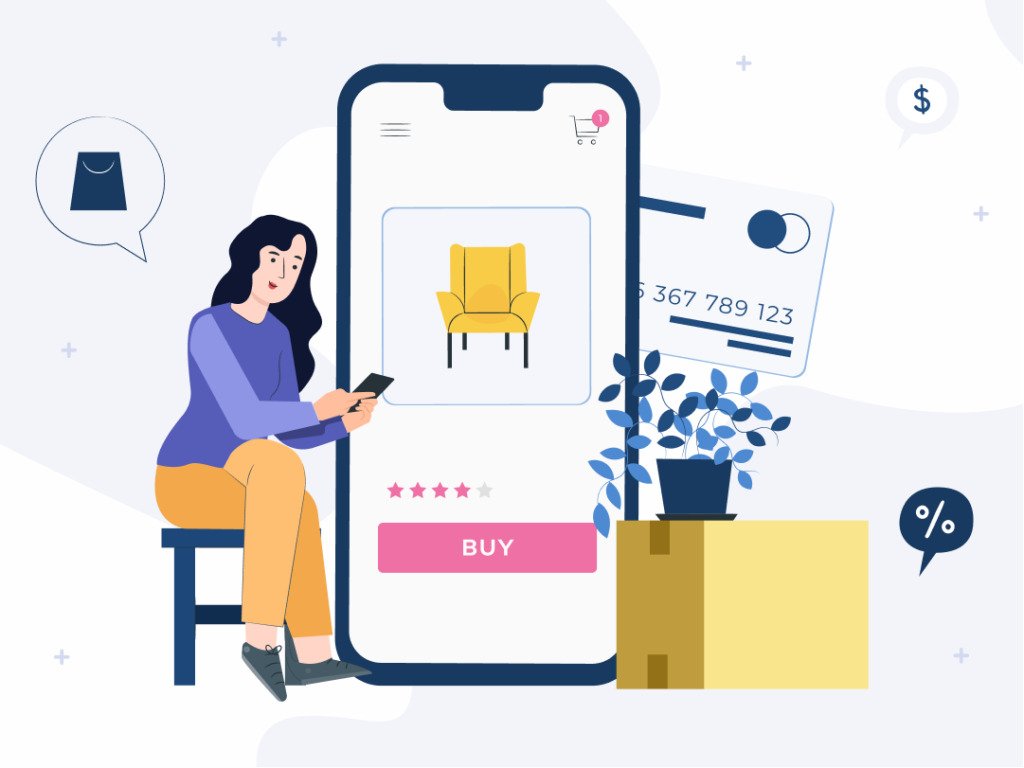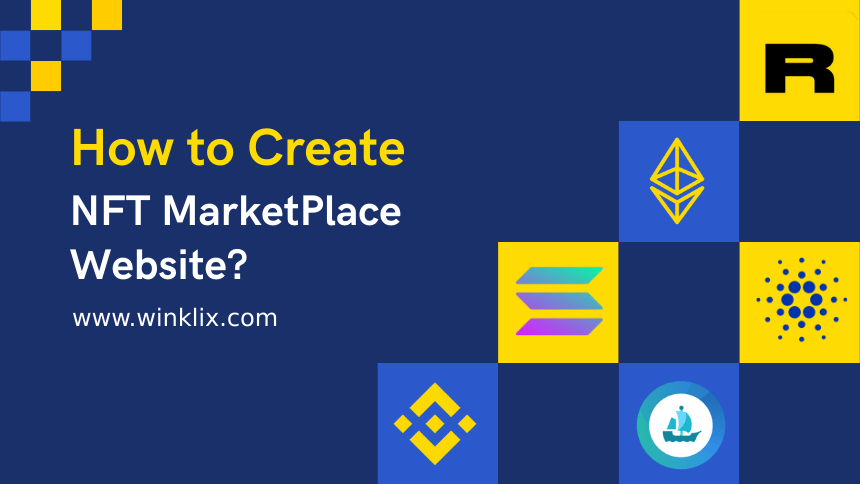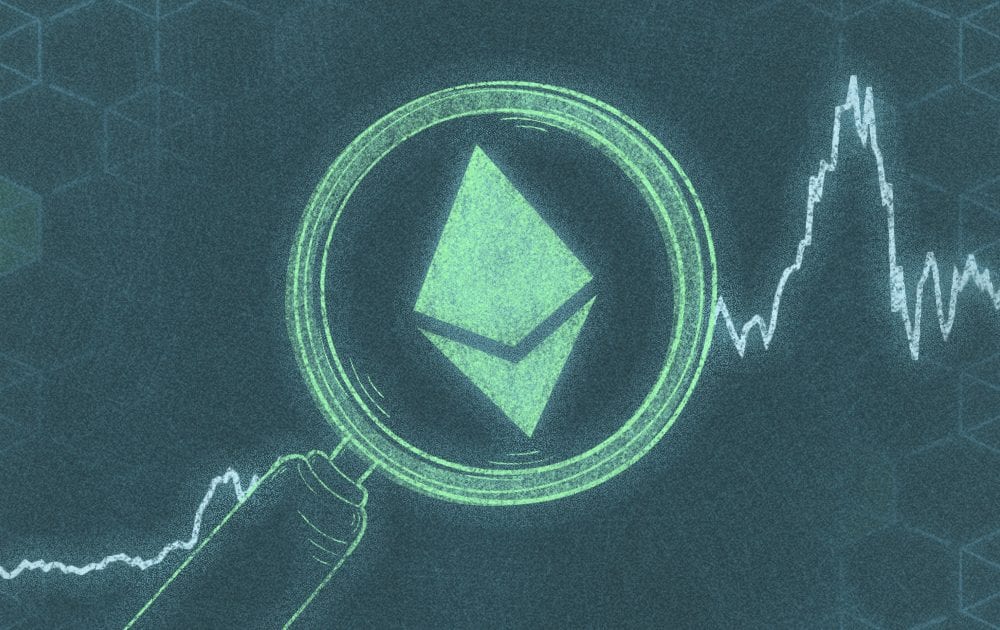In the recent trends buyers are opting for Mobile shopping in the category of e-commerce. There are many buyers or customers who prefer shopping through shopping apps on Mobile applications.
Therefore if you want to boom your e-commerce operation, creating a shopping app is the way to go. In this article we shall understand the step by step process to create a shopping app.
How to create a shopping App?
Anyone can create a Shopping app by these 9 simple steps-
Step 1- Market Research for your Online Store
Before thinking of making a mole app, you need to validate your idea with market research. This step will be different for everyone as every business has different requirements. There are generally two categories in which businesses fall-
- You are having an existing e commerce business, now you want to make a mobile app
- You are starting your business and want a mobile app from day one.
For those who are already running an ecommerce business have already done market research so they must be aware of the market strategies and all.
Whereas businesses which are new and starting their business from scratch must take the market research step very seriously. Otherwise you could invest in the market where customers are least interested.
Identify Customer needs and Requirements
Before starting any business you must do market research properly of what customers require and what not.
Your business technique must be unique from the one who is already in the market. This will atacts your customers towards your business. Therefore you must do market analysis of your nche customers before selling your product.
Business Model
Shopping app typically falls into these three categories-
- B2C- Business selling their products directly to the customers
- B2B- business selling products to other businesses, sometimes at wholesale.
- C2C- Customers selling to other customers through an online marketplace i..e e-bay, Etsy etc.
Monetization Strategy
Next you need to determine how you will earn from the mobile app. Your primary focus must be on sales revenue or you can also charge sellers a fee to use the platform or by taking a commission of each sale in case of C2C businesses.
Step 2- Platform and tech Stack Selection
Once you have done market research before starting your businesses you must choose the platform you want to build i.e. whether you want a shopping app for Android or IOS users.
Native Development
Next you need to decide the shopping app you want to develop for the platform you want. This is the most time consuming path to development and it’s not necessary for basic shopping apps.
Cross platform app development
This is typically the best option for all the shopping apps. This means that the app is developed for both android and IOS users with a single build and codecase. This saves time and money on development.
Step 3- Choose agency or experts for Shopping App development
For preparing a shopping app you need to hire an agency or experts in developing shopping apps for creating your shopping app. You must choose an agency which has proven track records of creating successful apps, which have a good team composition of android developers, ios developer, UX designer, UI designer, project manager, web developer, quality assurance agents etc.
Step 4- Identify Essential Features for your Shopping Application
After hiring the agency you need to identify the fairies you want in your shopping app. Always focus on the bare minimum and essentials required for your app to run smoothly. Of Course you can add features later on. Below are some of the features that you should add in your shopping app-
- User Registration and Sign in process
- Easy Navigation
- User profile Editing
- Product Catalogue
- In-App smart search engine
- User Reviews
- Shopping cart
- Easy checkout ad payment options
- Shipping options
- Key Admin panel features for online shopping app
Step 5- Identify Additional Features that help your store stand out
Other than the features mentioned above you can add additional features that go beyond your basic functionality. However it is not important to add these additional features right now but you can opt for it later.here are the fe features hat you can add on later on-
- Customer with lists
- Ibeacon
- Maps
- Augmented reality
- Machine learning
- Social media sharing options
- Barcode scanner
- Push notifications
- Chatbox for improved custom service
These features are not must have for your mobile application but it is nice to have fto attract customers.
Step 6- Create a Mockup of your Online Store App
Mockups are non-functional static designs of an app. This wil help your team to understand the look and feel of your final product.
This will help to establish things such as fonts, visuals, images, contents layouts, colour schemes, and overall user experience from a design standpoint.
Step 7- Begin Mobile Shopping App Development Process
The next step is to begin with the process of shopping app development. Before hiring a development company just make sure to have basic knowledge of the development timeline and a rough idea of when the app will be ready.
Step 8- Test Your Shopping App
Once the app is created, you need to test it for its smooth operation for real users. If there is any bug in the app you need to clear it out. There are different approaches for application testing including alpha testing, Beta testing, user testing and more.
Step 9- Launch your Shopping App
The last step is to auch your shopping app for the real users. For that you will need to get it submitted to the Apple app store and Google play store. Each of these platforms have different requirements for approvals and submissions. So make sure to understand the guidelines thoroughly before submitting.
Conclusion
Shopping apps are superior to mobile websites for earning revenue generations, conversion and customer satisfaction.
If you want to get a shopping app, reach out to our expert team at winklix. We can create a custom shopping app as per your requirements along with the features you want to add. We will assist you with the re-development process and also provide maintenance and updates on post launch of the app.




